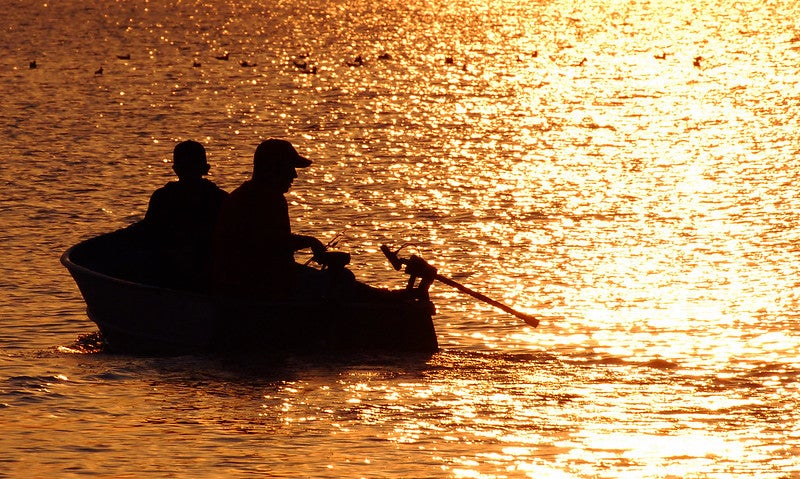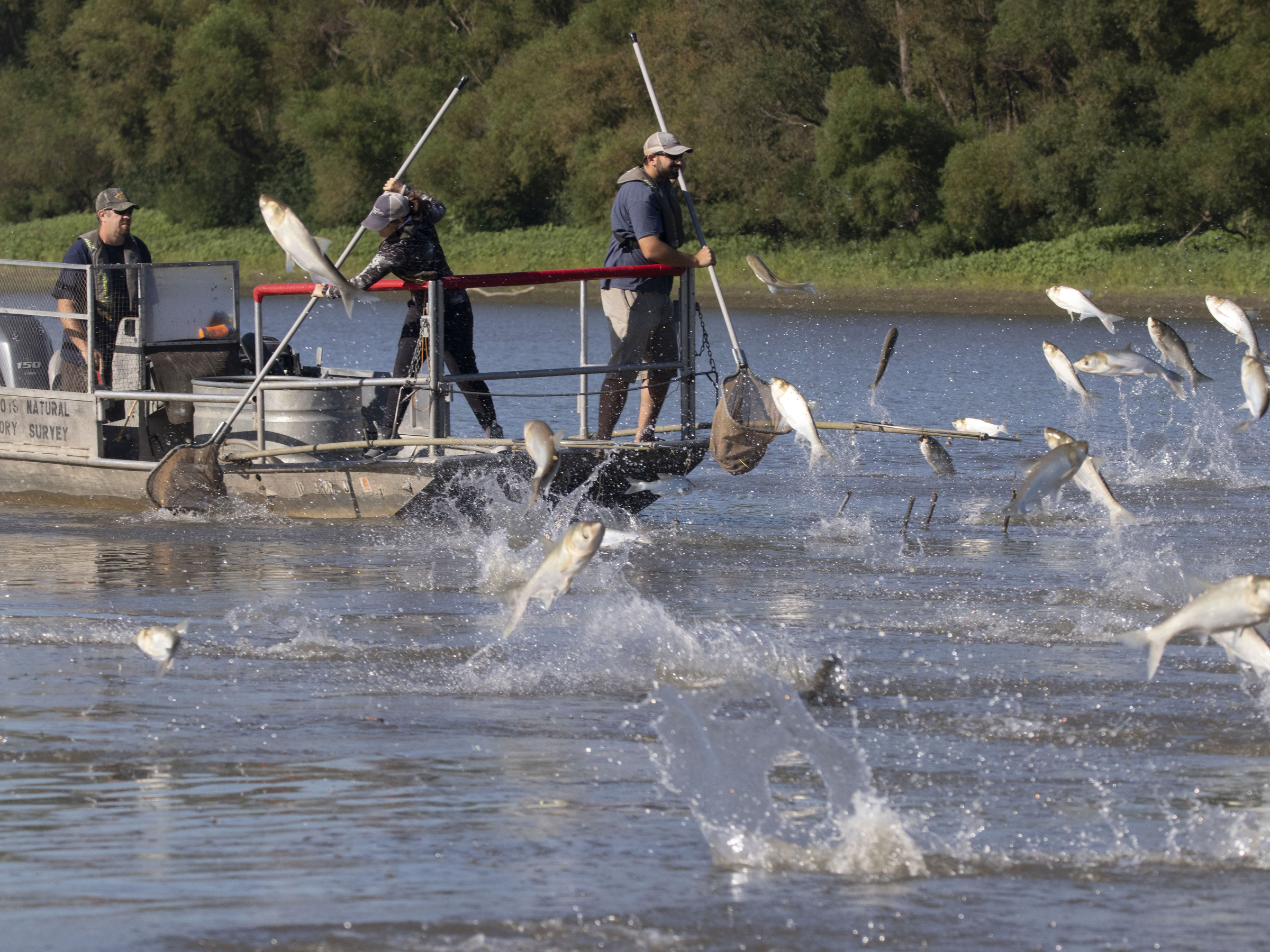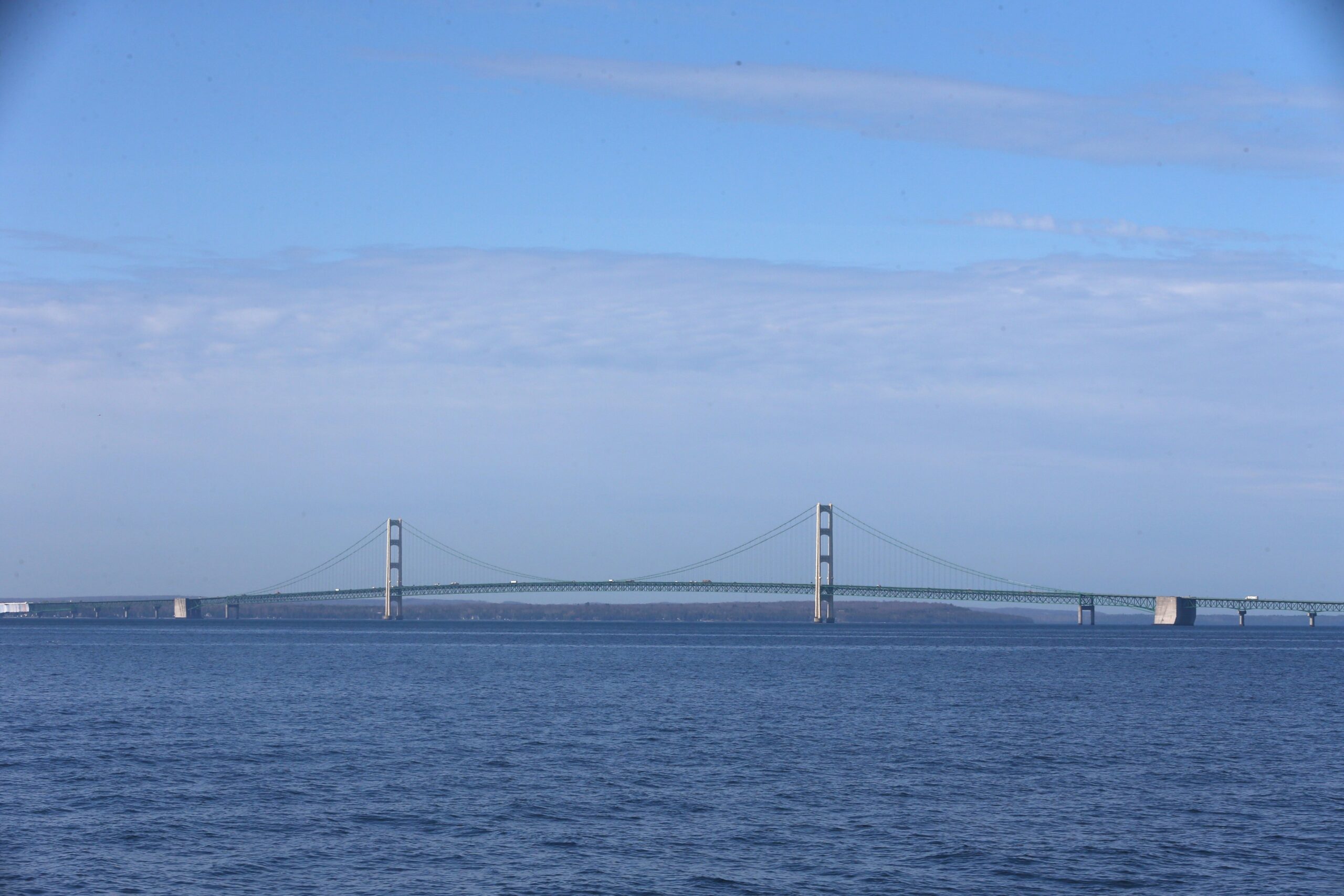Scientists report some types of small fish and other tiny organisms continue to struggle in Lake Michigan.
Dave Warner of the U.S. Geological Survey spoke to a committee of the Great Lakes Fishery Commission this week in Milwaukee. Warner said rainbow smelt is one species getting harder to find during lake surveys.
“Every year we go out and jokingly say, ‘Is it going to get even lower?’ and it does,” Warner said. “We’ve not reached the point of not catching any yet, though.”
Stay informed on the latest news
Sign up for WPR’s email newsletter.
Warner said a species called the bloater also seems in trouble. Researchers said predator fish like lake trout have more trouble finding things to eat when fish lower in the food web are declining.
Things are looking similarly grim further on down that food web. The Diporeia, a tiny shrimp-like crustacean that many fish species eat, remains in relatively low numbers in most of the Great Lakes, including Lake Michigan.
Researchers have taken to calling it the “disappearing Diporeia.”
Steve Pothoven of the National Oceanic and Atmospheric Administration said even where Diporeia are still found in Lake Michigan, density is relatively low, maybe 1,000 per square meter.
“When you think about most of these sites that had Diporeia 20 years ago, and your densities would have been 5,000-8,000 (per square meter) at a lot of them, that’s a huge change,” Pothoven said.
Invasive mussels are often linked to the decline, but there may be other reasons as well. Scientists said when key parts of the food web are in trouble, larger species, like sport fish, often suffer, too.
Wisconsin Public Radio, © Copyright 2024, Board of Regents of the University of Wisconsin System and Wisconsin Educational Communications Board.





